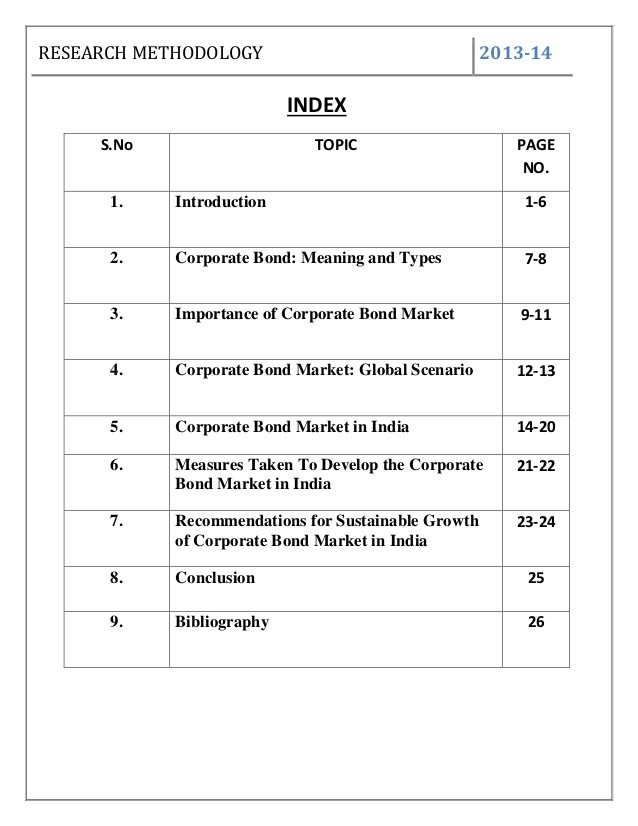An Introduction to Bonds and Their Role in the Stock Market
Post on: 26 Июль, 2015 No Comment

Bonds have long been considered the boring, poorer performing alternative to stocks. However, in most portfolios, there is an important role to be played by bonds and it is crucial to understand the nature of this alternative to the stock market.
A bond is basically a loan. The owner of a bond has given the issuer-whether it be a corporation, a government or another agency-a sum of money that can be used at any point. In exchange, the issuer will pay interest to the bondholder over a period of time and will eventually return the initial amount loaned, called the principal. Unlike a stock, the bondholder does not own a part of the company. Because a bond is basically a loan, they are often called debt securities because they represent a debt obligation from the issuer to the bondholder. Bonds are also known as fixed income securities. The reason for this name is that at the time of the purchase of a basic bond, the amount of income and the timing of the payments are known to the purchaser. Bonds are called debentures and debt instruments as well.
At the time of purchase, the characteristics of the bond will be stated in the certificate. Here are the items that will be specified on most (but not all) bonds:
- Time to Maturity This is the date the issuer will make a lump sum payment to return the principal to the bondholder, which eliminates the debt.
- Principal, par value, face value — These are three names for the same item, the amount that will be returned to the bondholder at maturity. The most common face value is $1000.
- Coupon — This is the interest payment that will be made to the bondholder. Generally, a percentage of the face value will be fixed which will represent the annual interest rate on the loan. Also, a timetable will be set up for the payment of the coupons, usually semiannually. Not all bonds pay out interest through coupon payments.

Note: The principal may or may not be the price you pay for the bond. Depending on when the bond is purchased, you may pay more or less than the par value. Often, bonds are sold below par when they are issued; this is being sold at a discount. Selling bonds at a discount creates an added incentive for people to buy the bonds, because at maturity they will be getting back more than the initial investment. At times, bonds will be sold at a premium, which means that they are sold at a price above par and income is generated from interest.
There are really two markets for bonds: the primary market and the secondary market. The primary market is when the bond is first issued. In the primary market the bond is purchased directly from the issuer (the details of buying and selling bonds will be covered later). The secondary market occurs later, when bonds are sold from one bondholder to another. The prices on bonds in the secondary market are set by supply and demand and are impacted by what is expected of interest rates and inflation, how many coupon payments are left to maturity, and how long it will be until the bond matures. View the section Bonds and Your Portfolio below to see more about the relationship between interest rates and bonds.
There are many types of bonds. The different types of bonds are usually defined by the issuer, though some are defined by the characteristics of the bonds. These topics are covered in detail throughout the rest of this section, but here is a quick list of some of the major types of bonds:
- Corporate Bonds
- Municipal Bonds
- Treasury Bonds
- Agency Bonds/Mortgage-Backed Securities
- Zero-Coupon Bonds
- Junk Bonds














